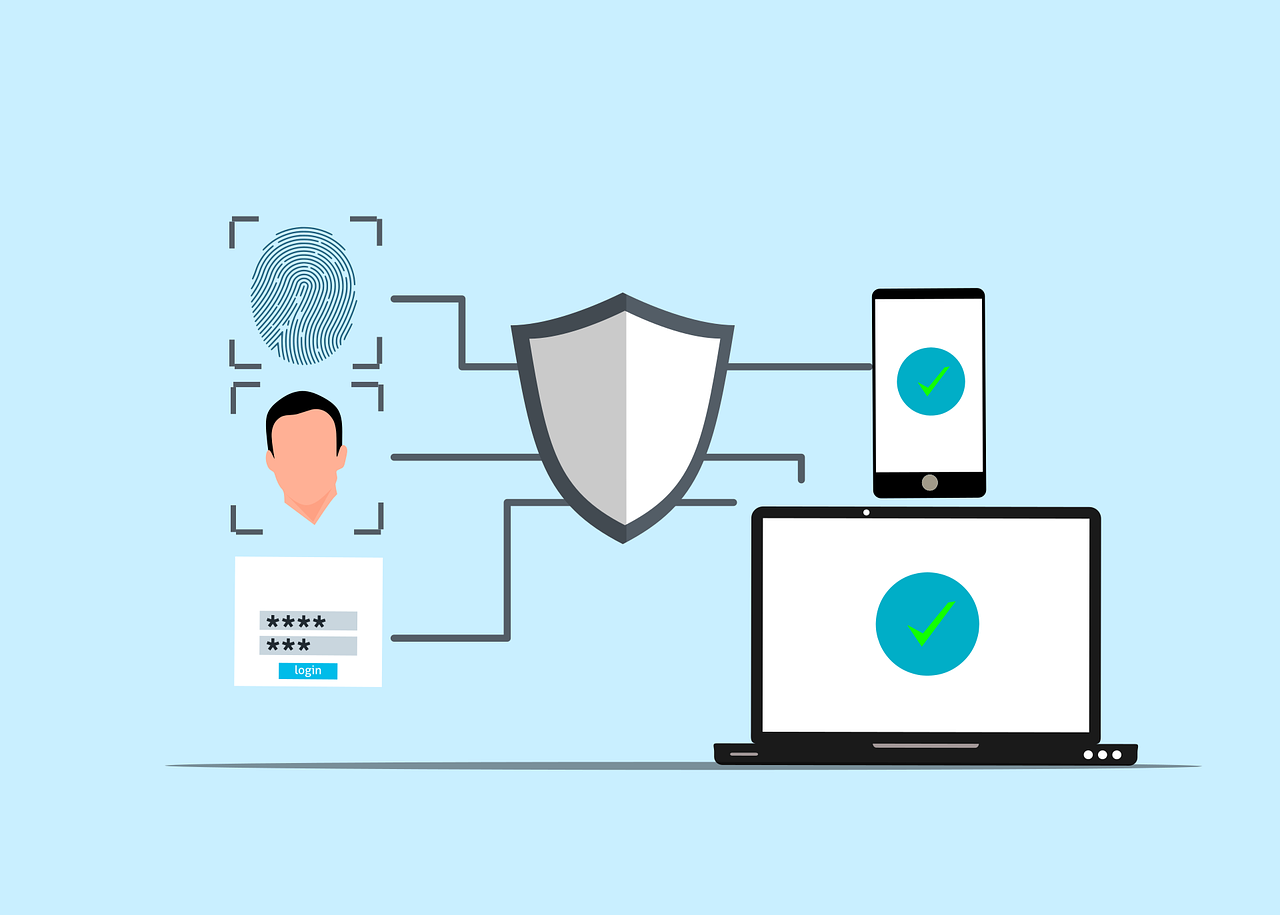Priority right for trademark registration
How can I use the priority right to better file a trademark?


Registering a trademark requires making several decisions: type of registered trademark (verbal or figurative), choice of classes, choice of products and services, but also choice of country in question.
This last question is the one we are interested in in this article.
Obviously, at first, it is necessary to make a choice between registering a French trademark, a Community trademark or an international trademark.
The French trademark only covers French territory, while the Community trade mark covers the entire Community territory. The international trademark is more specific since the applicant must choose between the countries of Madrid system, which then conduct an individual review of the deposit.
If the choice made when registering does not suit you in the end (for example by registering a French trademark when a Community trademark would have been more appropriate), or if you want to extend it, it is possible to make up for it and to have a “second chance”.
In fact, the priority system makes it possible to file an identical trademark in a second country, while benefiting from the filing date of the first trademark, within six months from the original filing. However, it is necessary to clarify how the priority period works and its effects.
Infographic: trademark priority rights
Article 4 of the Paris Union Convention (transposed to Article L712-12 of the Intellectual Property Code) provides that any person who has registered a trademark in a signatory country has a period of six months from the filing, to request priority in another signatory country.
This second trademark will have the same filing date as the first trademark, retroactively.
All the countries concerned themselves ensure that the registered trademark complies with the formal and substantive requirements of the registered trademark. Consequently, the trademark may be accepted by one country but refused by another country, according to its uses and its own registration policy.
The two marks must be identical in every way: same verbal or figurative form, same classes, same goods or services. In the event of a difference between the two brands, it will be impossible to claim the priority period.
Priority must be claimed when the second trademark is filed, by providing proof of registration (in most cases, a filing certificate).
As mentioned earlier, the two brands will share their filing dates. However, they remain entirely independent and have no other link between them.
Consequently, if one of the trademarks is no longer valid in a country (for whatever reason), or is found to be infringing in that territory, the other brand will remain in force in its own country.
Moreover, the term of protection of the second trademark begins on the priority date and not on the actual filing date. As a result, the 10-year deadline is delayed by a few months.
The objective of the right of priority is essentially defensive. The trademark benefiting from priority cannot be used to act in infringement against a use made by a third party between the registration of the two linked trademarks.
However, if a third party files a trademark identical or similar to the trademark benefiting from priority, during the priority period, it will be possible to request its invalidity or to oppose it.
Indeed, the third party trademark will not constitute an enforceable precedence as long as the filing date of the second trademark is set retroactively to the filing date of the first trademark.
This solution gives considerable power to the right of priority since even if the third party did not have to search for the existence of an identical or similar trademark in another country, it may have its filing date opposed.
It is quite rare to encounter this situation in practice.
Priority is in fact an asset that allows a depositor to set up a financial and operational deposit strategy. In particular, it makes it possible to reduce costs by prioritizing a quick deposit in a key country, then by extending it to secondary countries but imports later. In addition, applicants can also start setting up in a country and then make the choice to register the trademark if this is relevant.
Therefore, do not hesitate to take advantage of the priority system, which opens up interesting options for applicants.


SaaS documentation: how to be transparent without revealing everything. Inspire trust in your customers while protecting your solution and negotiations.

SaaS: involve legal as early as product development to anticipate risks and not lose your money.
Let's build together to grow your business